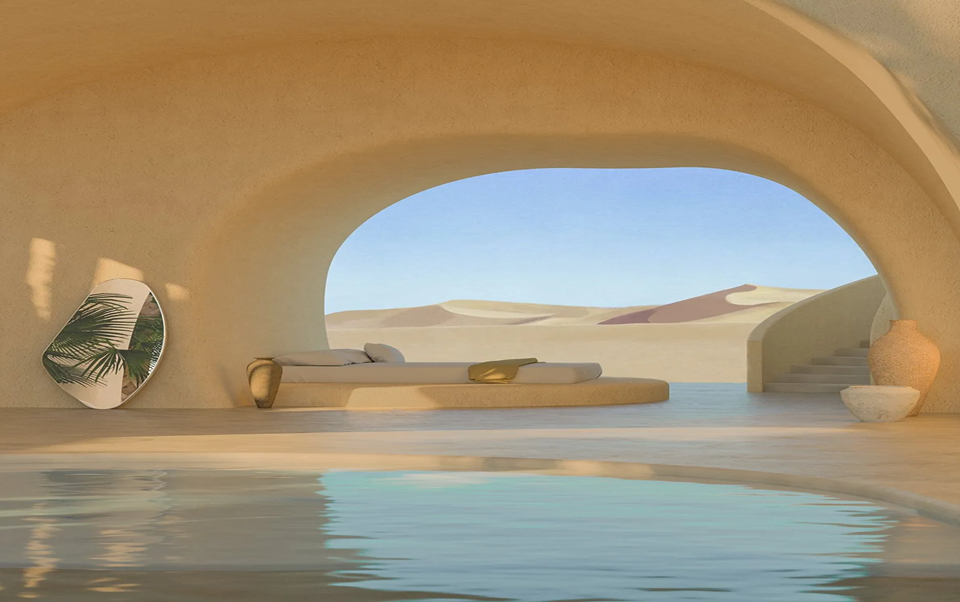
Pastel-hued spherical wonderlands, distant utopian dreamscapes that seem decisively unattainable yet all the same, tantalizingly appealing. A flood of CGI images bringing artificial architecture to life has taken the internet by storm recently, and the enduring question remains: just how impossible are these feats of architecture?

The destinations travelled to by the subconscious when dreaming have proven themselves fertile land for innovation and creativity. The digital realm provides a meeting place, a site where the fusion of the utopian dreamscape with reality can be enabled. Using software to render architectural structures digitally is no novelty nowadays, and the housing market regularly makes use of software such as Rhinoceros 3D, Enscape, Lumion, and Octane. Architects and designers have been able to realize their creations in a form visible and so close to tangible, that in some cases, they become so.
In 2018, Buenos Aires-born artist Andrés Reisinger posted an image of a pink armchair engulfed in petals, named “Hortensia”, on Instagram. The chair blew up, and due to its immense popularity, Reisinger decided to make the design a reality. With over 20,000 petals sewn into it, Hortensia departed the digital space and entered the furniture market, albeit a niche furniture market for the aficionados of dreamscape design. Regardless of whether the pastel petal is incredible in itself, the building and successful creation of Hortensia opens the door to a whole melange of possibilities. If these CGI designs were thought impossibilities within the 3 dimensions of our world, Reisinger gave this line of idea an emphatic ‘no’.

Within artificial architecture, the design trends we know and are familiar with merge and cross into the world of dreamscapes. Between blissful scenes of serenity, we can see couches of Swiss artist Ubald Klug, or Faye Toogood’s Roly Poly Chair. The real and the unreal are not so separate, and there is an undeniably surrealist sense in the renderings, with connections to Magritte and an Escher-esque style to the work of Cape Town native Alexis Christodoulou.
“These are interiors and buildings with no constraints: no budgets, no clients who will inhabit them,” says Elli Stuhler, the editor of Dreamscapes & Artificial Architecture. “It’s uncompromising architecture that’s completely freed from reality.” In this ever-evolving digital age, little remains clear, yet it is certain that the line between dreams and reality has been blurred and is increasingly being crossed.